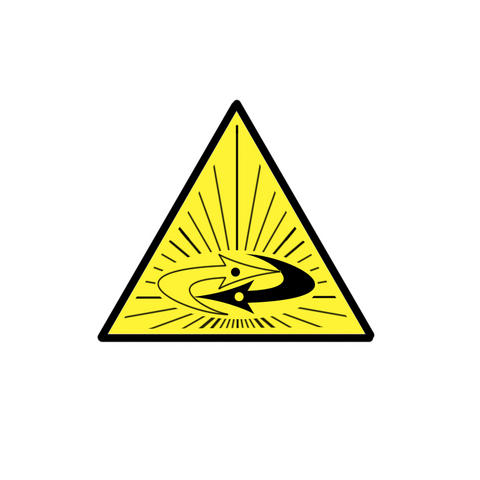BY LETTER
Amat (antimatter)
Technology > Application > Matter Conversion
Science > Physics
Technology > Application > Power Generation
Science > Physics
Technology > Application > Power Generation
Amat, or antimatter, is matter that is composed of the counterparts of ordinary matter.
Antiparticles have the same mass as their counterpart, but the opposite charge. For example, the antimatter counterpart of an electron is a positron, which has a positive charge instead of a negative charge. The existence of antimatter, and even the production of it in tiny quantities, has been known since the late Industrial Age Old Earth. It was first manufactured on a large scale during the later Interplanetary period, when it was used to power space craft. Antimatter is produced naturally in tiny quantities in some radioactive decays, but the most effective way to create it is via gigantic amat farms.
Antimatter on its own is stable, but an anti-particle and a particle will annihilate when they meet, with almost total conversion of matter to energy, making this an extremely effective (if dangerous) power source. In the middle Solsys Era and for much of the Interstellar Era interstellar spacecraft (and even many interplanetary ones) used proton-antiproton reactions as their primary energy source. The disadvantage of an amat-drive (amat powered ship) is that it produces a vast plume of highly charged particles (called a "torch"). For this reason amat-powered vessels are only allowed to engage their drive when at a safe distance from any habitats.
Related Articles
- Amat Containment
- Amat Farm
- Amat Flechettes
- Amat Production
- Amat Production (Godtech)
- AmatFruit
- Antimatter Catalysed Fusion
- Antimatter Mining
- Antimatter Propulsion
- Antiproton
- Autonomous Explosive Delivery System (Boombot)
- Electron - Text by M. Alan Kazlev
An elementary particle with a unit electrical charge and a mass 1/1837 of the proton. Electrons surround the atom's positively charged nucleus and determine the atom's chemical properties. - Positron - Text by Stephen Inniss
The antimatter, antiparticle counterpart of the electron, with the same mass and spin but an equal and opposite charge. - Power and Energy Storage
- Proton - Text by M. Alan Kazlev
One of the two basic elementary particles found the atomic nucleus, the other being the neutron. It has a positive charge equal and opposite that of the electron, and a mass similar to the neutron. Protons have a mass of 1.007276 daltons, or 1.6726 = 10-27 kg. - Ridley Ridley
Appears in Topics
Development Notes
Text by M. Alan Kazlev
Initially published on 10 September 2001.
Initially published on 10 September 2001.







